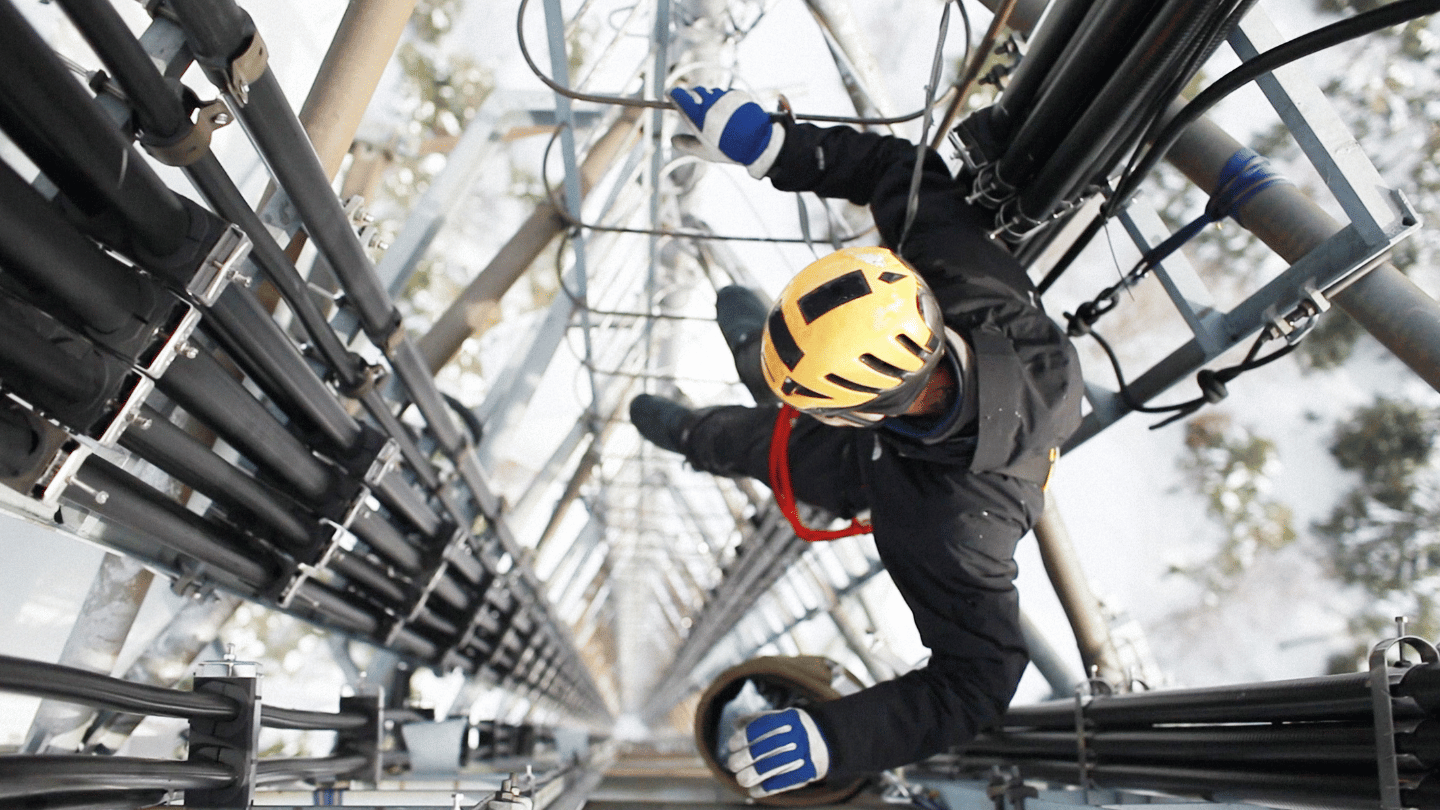By Dan Glucksman, ISEA Public Affairs Director
The Administration shot out of the gate rushing to clamp down on any and all regulations including proposed and final rules.
Two communications from the White House put Washington’s regulatory community in a holding pattern: the first was the Priebus Memo, which called back any regulation not yet published and delayed other regulations that were not yet in effect. Second was Executive Order 13771, that calls for withdrawing two regulations for each one that is published. Weeks later at the CPAC conference, White House adviser Steven K. Bannon would tell the audience, “this is the end of the administrative state.”
What do these mean for the occupational safety and health community? Not much. Could OSHA continue its mission with no new rules in the next four or eight years? Absolutely.
Leading causes of workplace deaths – trenching, falls in construction, falls in general industry, confined space entry work, and struck-by incidents. All have regulations on the books that are enforced and referenced in citations. None are emerging hazards.
To address emerging hazards for which there are no standards, OSHA has its General Duty Clause, which states that employers must provide a workplace that is free from recognized hazards. Recently, OSHA used the General Duty Clause to cite a Lincoln, NE-based healthcare facility for failing to control violence, by the patients, against the healthcare staff – and for failing to report one of these incidents.
Living with 13771
OSHA can still thrive under Executive Order 13771. OSHA has several rules and standards in the hopper, and something must be cut based on the 2-for-1 Executive Order. OSHA regularly publishes its 10 most frequently citied standards. But now, it’s time look at the 10 least frequently cited standards. These would be the first to go to pay for any new initiatives that are a “must” for the agency. Another regulatory cost savings could be OSHA’s permissible exposure limits, also known as the Z Tables. For example, David Michaels stated at a Workers’ Memorial Day event in 2014 that … “many of OSHA’s [Permissible Exposure Limits] do not protect all workers from harm.” Why keep these old standards that “do not protect all workers from harm” when they could pay for a new data-driven standard that saves lives and reduces injuries? Afterall, NIOSH published recommended exposure limits (RELs), and the American Industrial Hyiene Association publishes Workplace Environmental Exposure Levels (WEEL) for a range of chemicals.
In addition, the agency could conduct outreach to help employers abate common hazards. OSHA is planning two stand-downs this Spring: one focusing on falls to a lower level and other on promoting the use of health and safety management plans. The agency could conduct more of these based on a range of topics, from seasonal hazards (heat stress, cold stress, etc….) or based on common hazards (struck-by, trenching, electrical, etc…). Based on the success of the Campaign to Stop Construction Falls, the agency is likely to receive wide support throughout the OSH community for any stand-downs.
OSHA can and will survive over the next four or eight years, and there are lots of ways it can do it!


